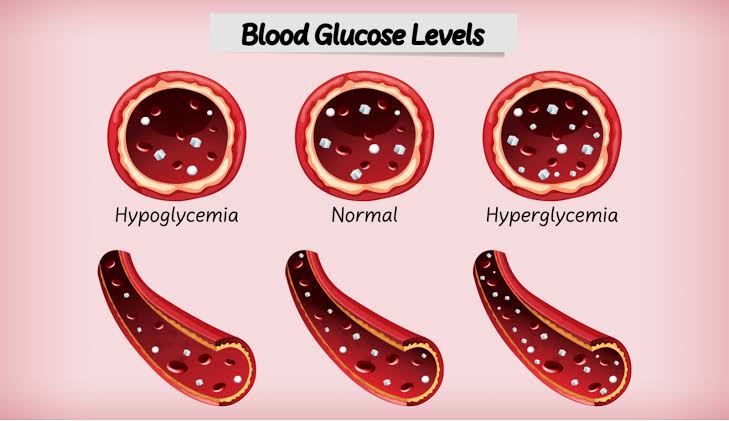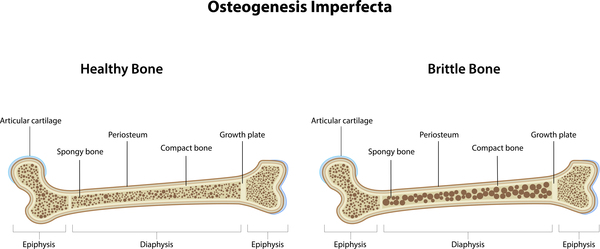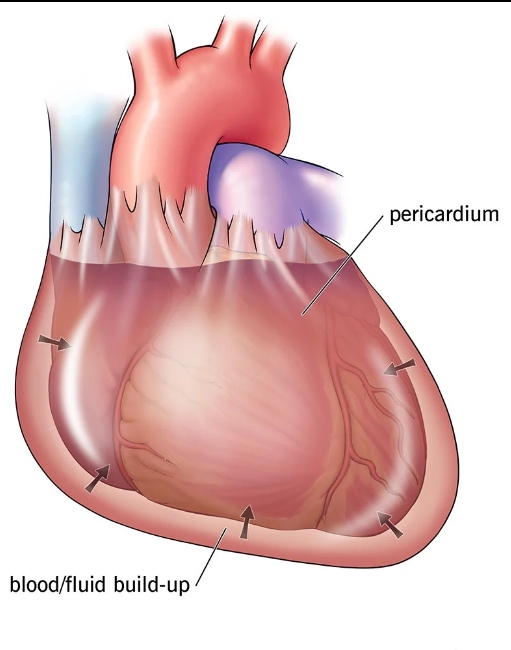SCAPULOTHORACIC DISSOCIATION

🧠Scapulothoracic dissociation is a rare, devastating injury resulting from high-energy trauma to the shoulder girdle.
Originally described by Oreck and colleagues in 1984, this injury is defined as a traumatic disruption of the scapulothoracic articulation with lateral displacement of the scapula and intact skin. It is believed to result from a high-energy force applied to the shoulder girdle with massive traction to the ipsilateral upper extremity.🩻
💡Scapulothoracic dissociation represents a spectrum of injury that can also include any of the following injuries: 🩻Osseous injury to the acromioclavicular (AC) joint, clavicle, and/or sternoclavicular (SC) joint; 🫀vascular disruption of the subclavian or axillary vessels; 🧠partial or complete avulsion of the brachial plexus; and severe soft-tissue swelling with disruption of the musculature surrounding the shoulder girdle.
As a result, this injury has been characterized as a closed internal forequarter amputation of the upper extremity.🩻
🩺 TREATMENTS involve;
1. An open reduction and internal fixation of associated fractures (scapular/clavicular/humeral fractures..)
2. An urgent exploration in the setting of vascular injuries. Functional outcome is dependent on the level of neurologic injury (regarding brachial plexus avulsion).
3. With respect to brachial plexus avulsion, Neurological Physiotherapy (rehabilitation) would be required for full neurological recovery, following orthopaedic/neurosurgery.🧠










Responses